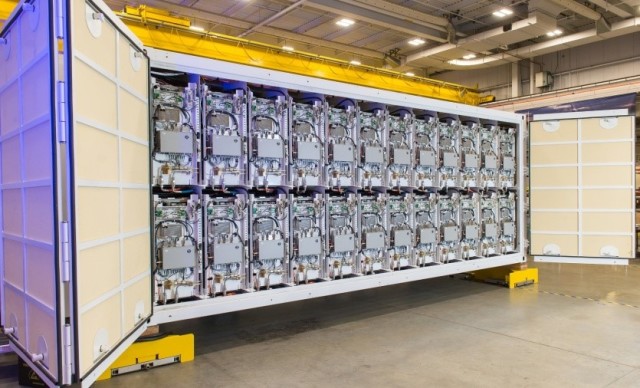I don't see why they can't get a new class much earlier than that, if they decide to.To meet Pres. Trump's long term goal, USN has ship building planned out until the early 2030s. They will continue to build AB3 until then (at the rate of roughly 2 per year). The earliest a AB replacement can launch will be probably 2030 and enter service around 2035, and that is being generous.
I think some of these American problems are a bit overstated here.Without serious changes in procurement practice and culture though going this route could prove rather perilous and unfruitful.

